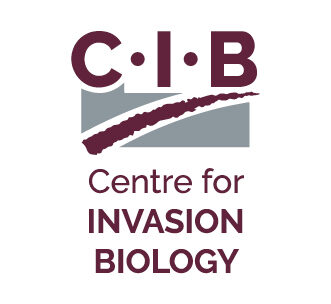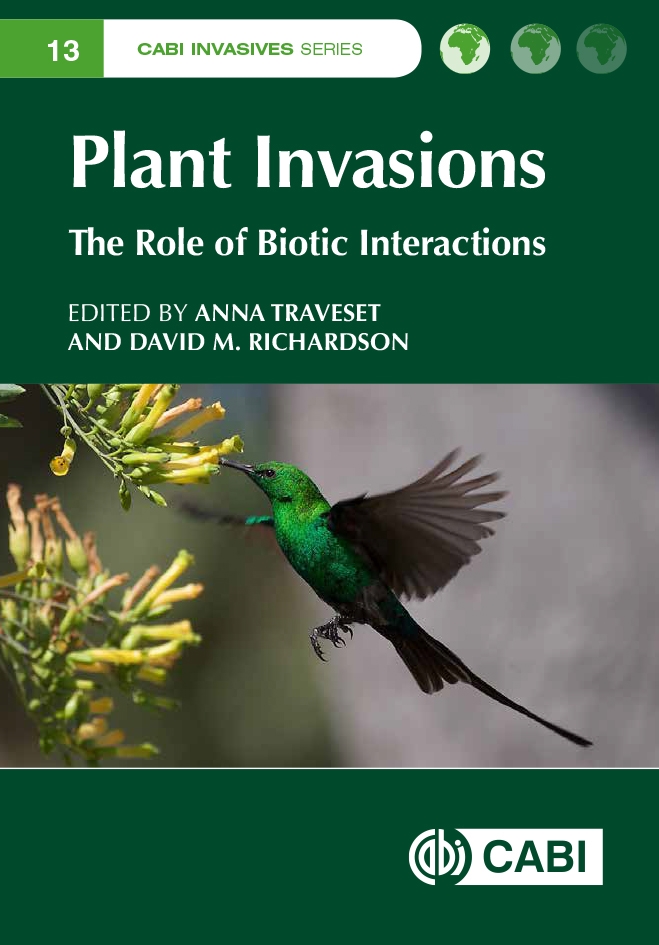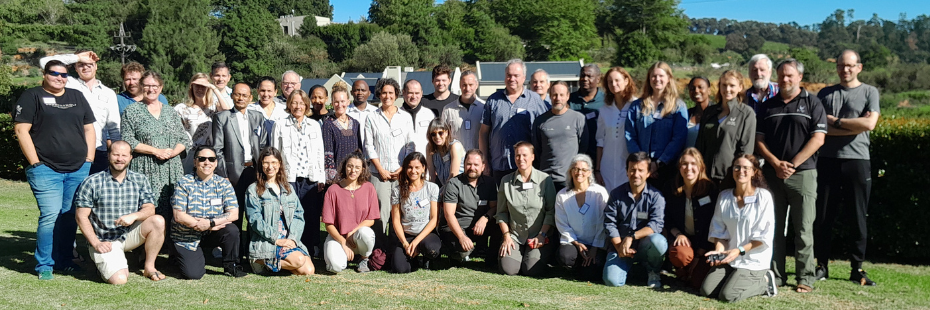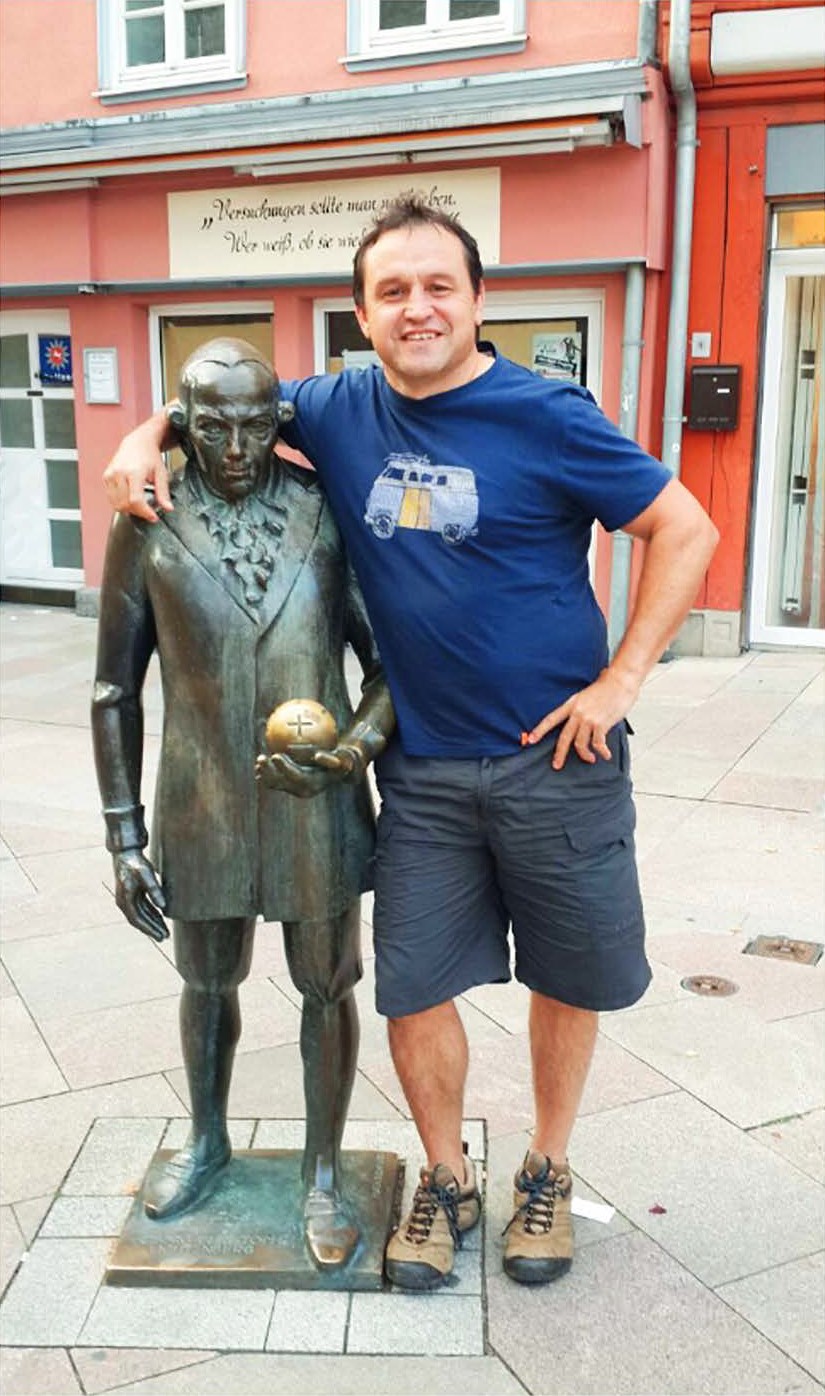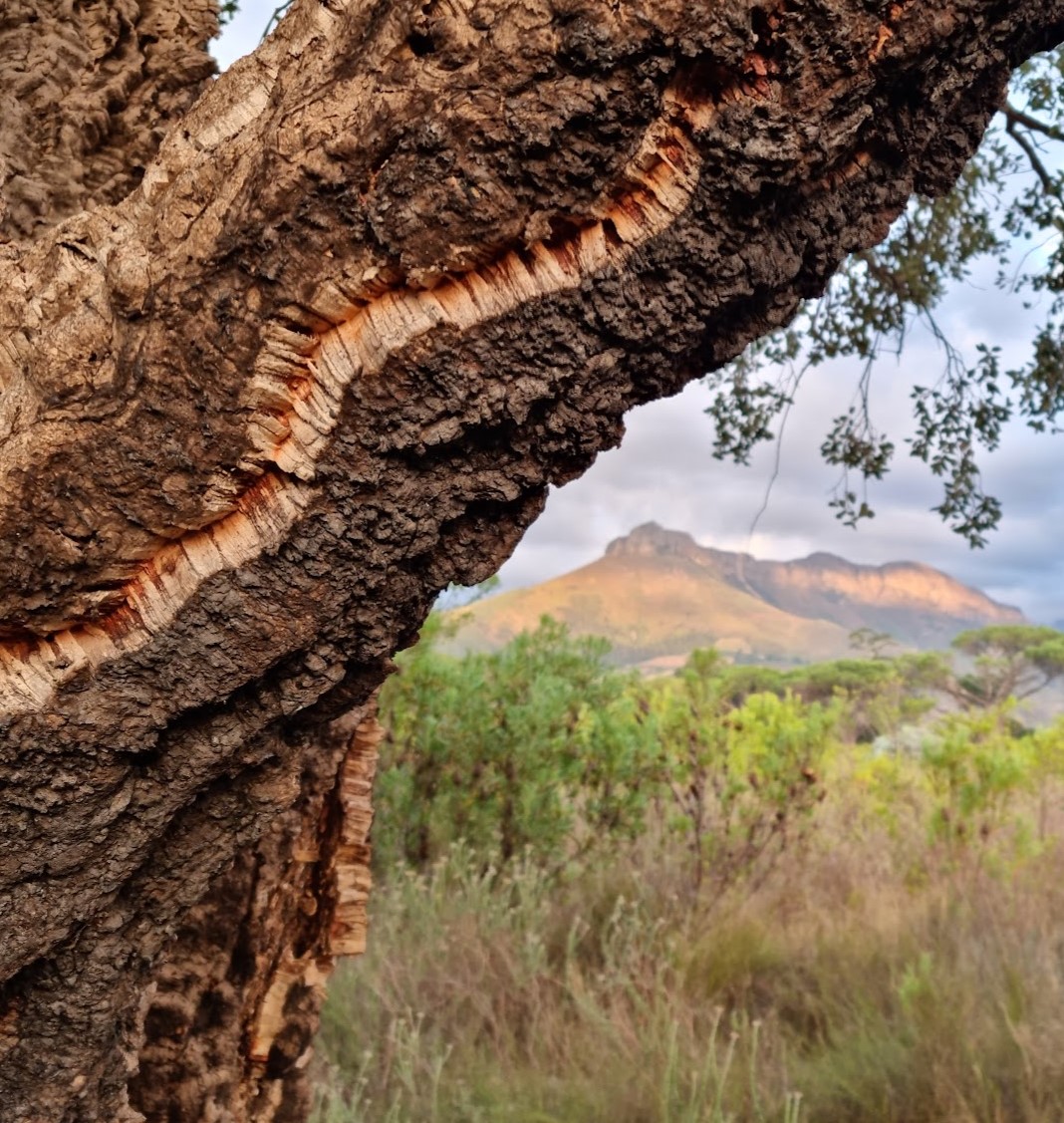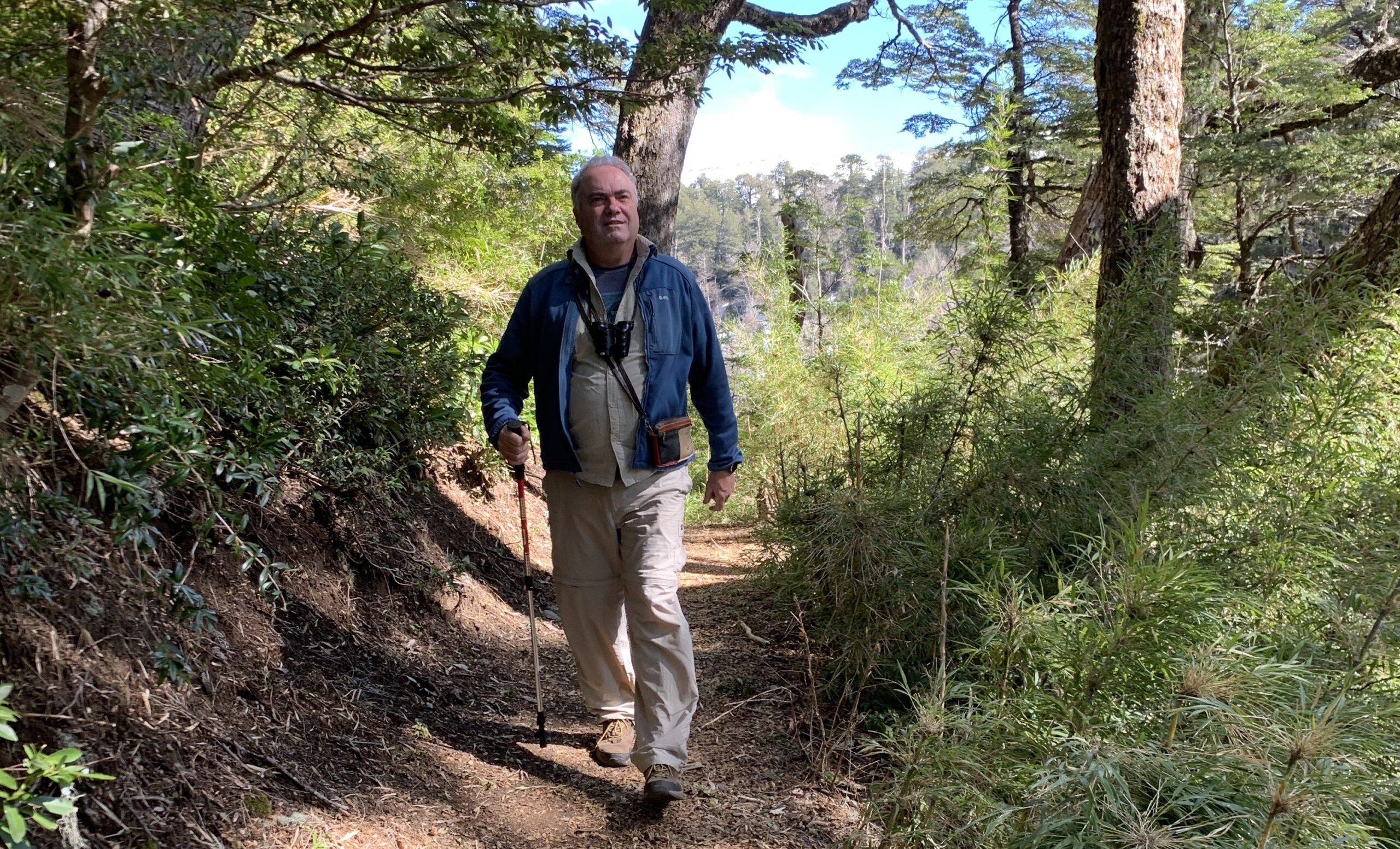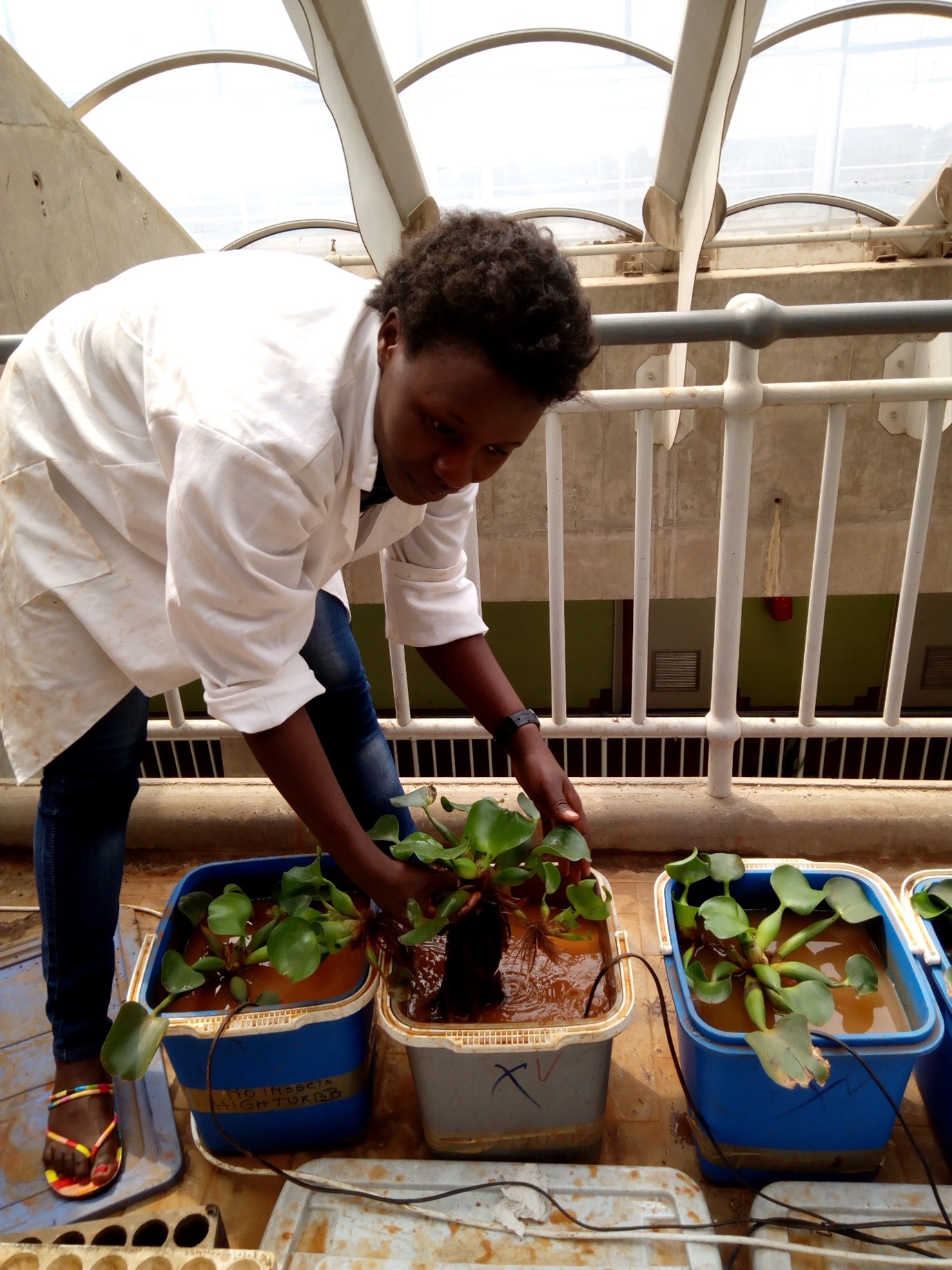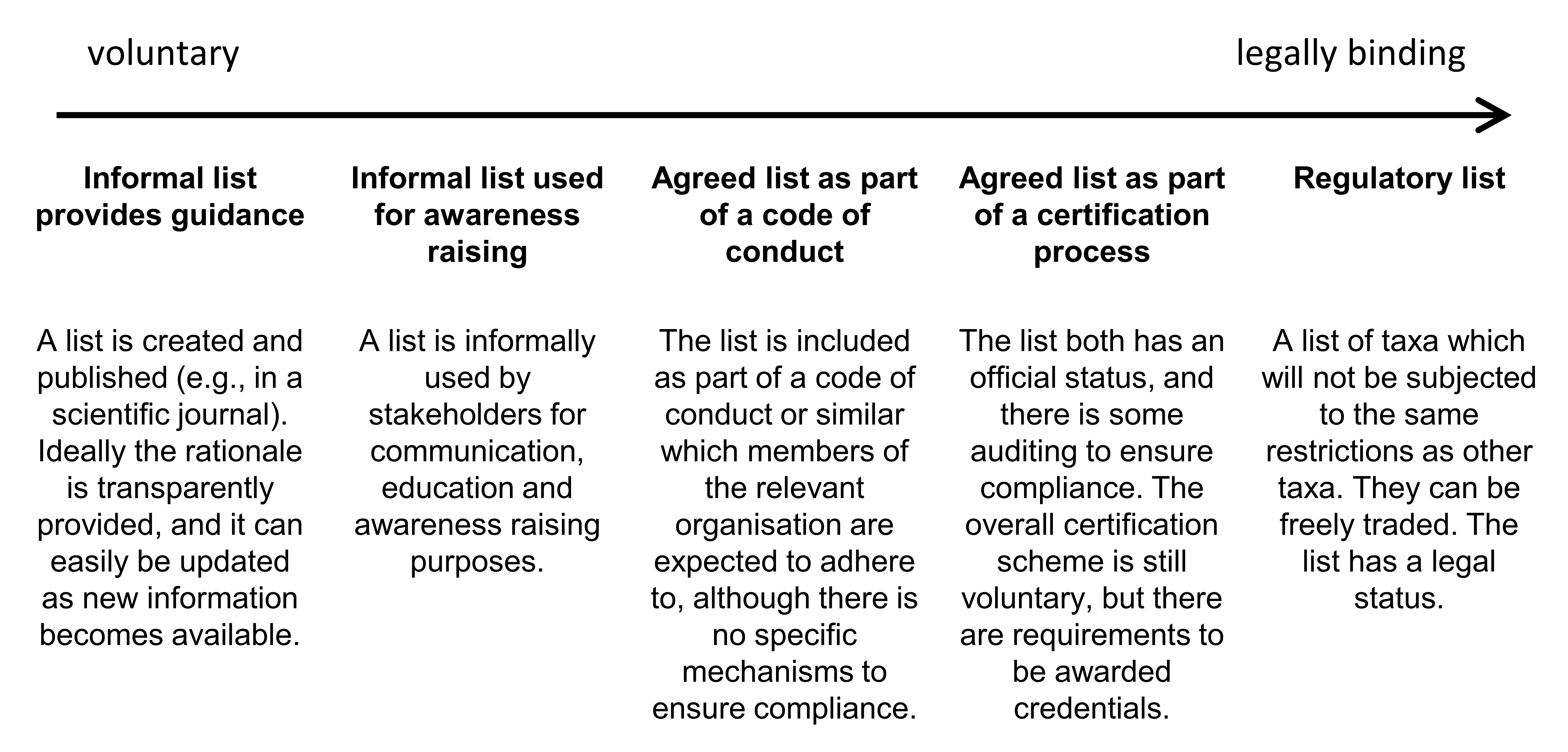Reducing the rate and impacts of biological invasions


The CABI-published book is the first to focus on the key role of species interactions in mediating invasions.
The Centre for Invasion Biology (C·I·B) is an academic and research entity of the Stellenbosch University (SU) and resides in the SU School for Climate Studies. The principal aims of the C·I·B’s work are to provide the scientific understanding and predictive capability to reduce the rates and impacts of biological invasions and by developing research capacity through post-graduate student training. The C·I·B’s activities are significantly interdisciplinary in nature, and it aims to enhance its activities and contribution within Africa, especially through scientific risk assessment in national and multi-lateral forums and global scientific and policy bodies, advancing technical guidance, and implementation of response actions. Find out more about us.
Our Research
We investigate how biological diversity is altered by invasive plants and animals, and the effects these have on the functioning of ecosystems and the services they deliver.
For Students
In support of our vision, we train and guide students who are studying towards an Honours, Masters or Doctoral degree in biodiversity, environmental sociology or invasion biology.
